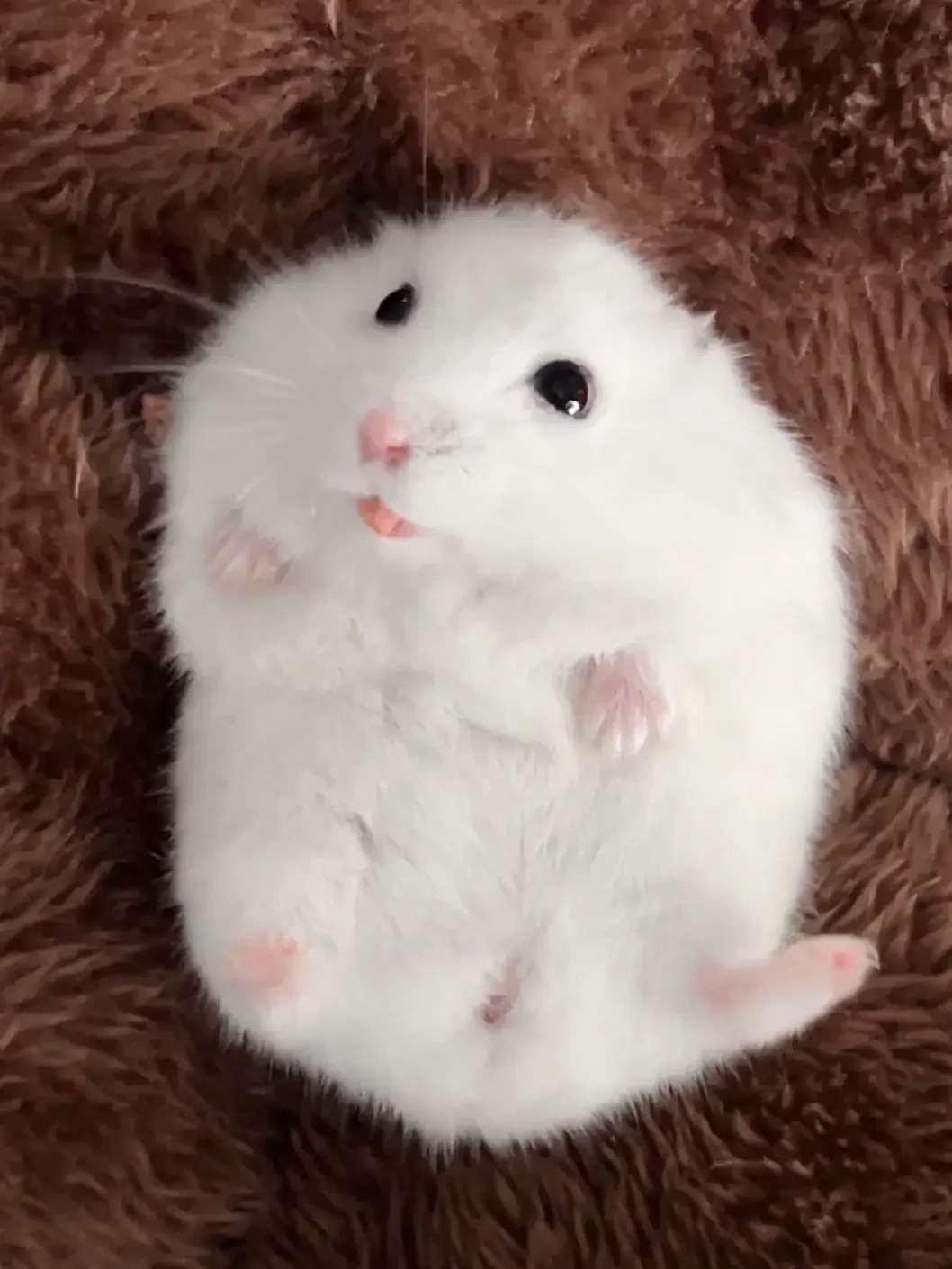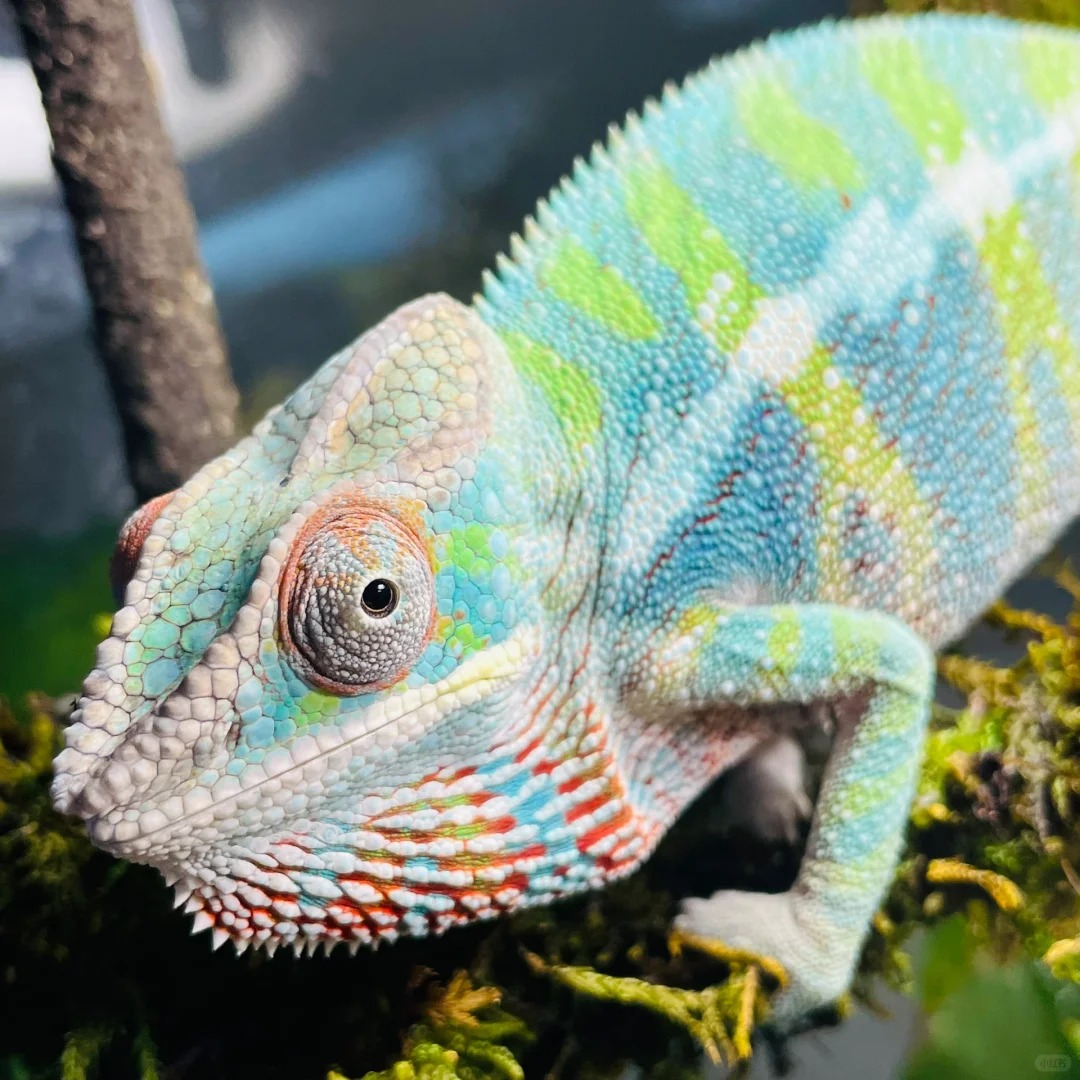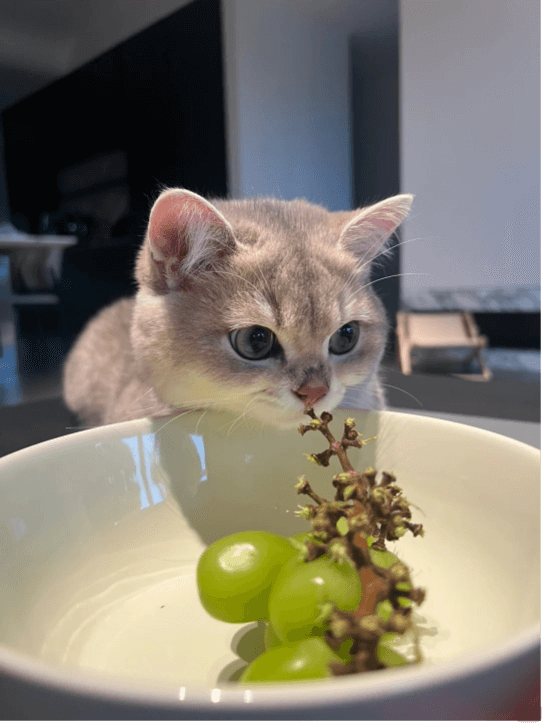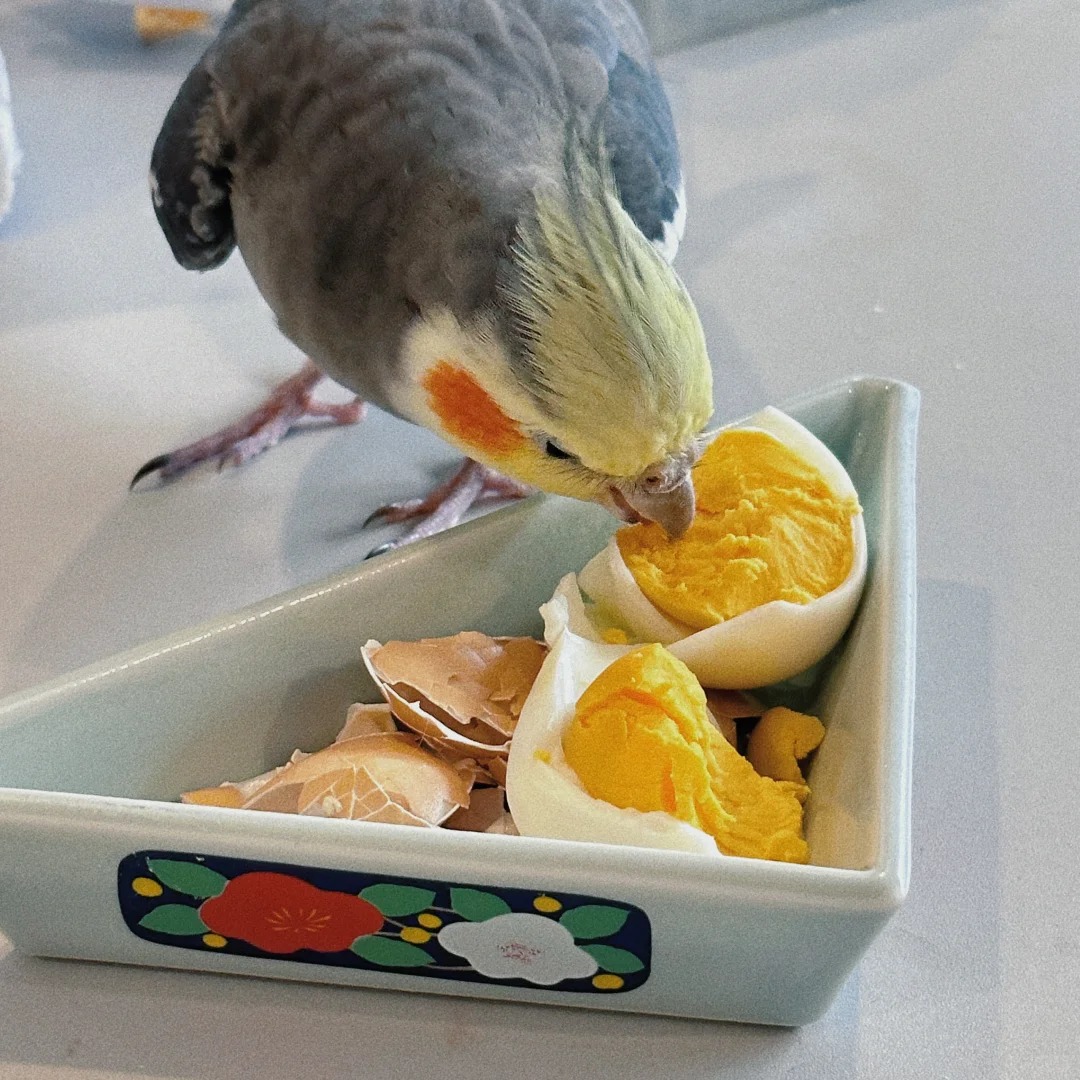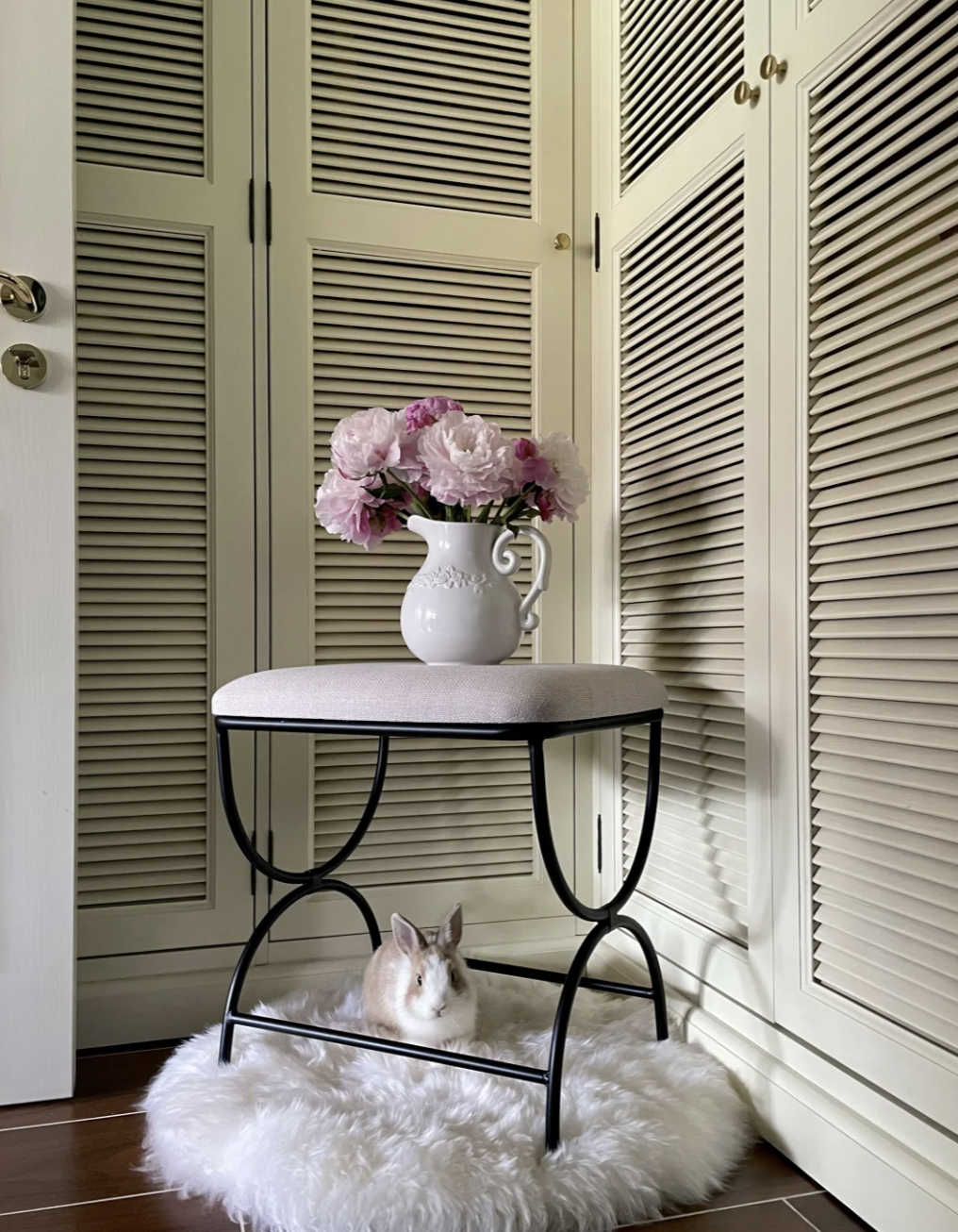Foods That Hamsters Can Eat: Pay Attention to Their Diet
🔺 Main Feed: Provide a daily feed amount that is one-tenth of the hamster's body weight; use a bottle cap as a reference for dwarf hamsters
🔺 Chewing Feed
🔺 Fresh Food: Provide fresh vegetables, fruits, and seeds daily, at least an amount equivalent to one hamster ear
✅ Daily Feeding Method: Main feed + chewing feed + fresh food; remove any non-fresh food. Observe daily to see if the hamster's food intake decreases. If it decreases significantly for several days, it might be a sign of illness and requires a vet visit
✅ Feed Storage: Store the feed with a desiccant in a sealed container. If the feed is consumed slowly and lasts over six months, it is recommended to refrigerate most of it and only take out the portion needed for short-term consumption. Freezing feed to kill insect eggs is pointless; the feed being infested indicates a problem in the production process, and it was contaminated before purchase. The correct approach is to check the feed upon purchase for mold, black spots, or insects. Do not feed stale feed
🥬 Vegetables and fruits must be thoroughly washed and soaked for 5-15 minutes to remove residual pesticides, insect eggs, parasites, and bacteria. Use hot water above 70°C to rinse or soak them
🍎 Peel and remove seeds from fruits if necessary (soaking time should not exceed 30 minutes to prevent nutrient loss)
☝🏻 When introducing any new vegetable or fruit, start with a small amount equivalent to one hamster ear, and observe for any digestive issues. Gradually increase the amount every other day. Any vegetable, fruit, or seed should not be given in large quantities daily. Regularly rotate and adjust the diet
⚠️ Ensure that fresh fruits and vegetables with high water content are chosen for their freshness and hygiene. Initially, give only a small amount equivalent to one hamster ear, and observe their stool. If normal, gradually increase the portion every other day
#HamsterGoldenHamster #HamsterDaily #AdorableHamster #DwarfHamster #Hamster #HamsterBeginner #FirstLessonInRaisingHamsters #ProudPetOwner #MyPetIsSoCute #MyHamster
